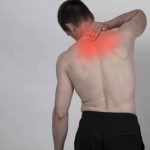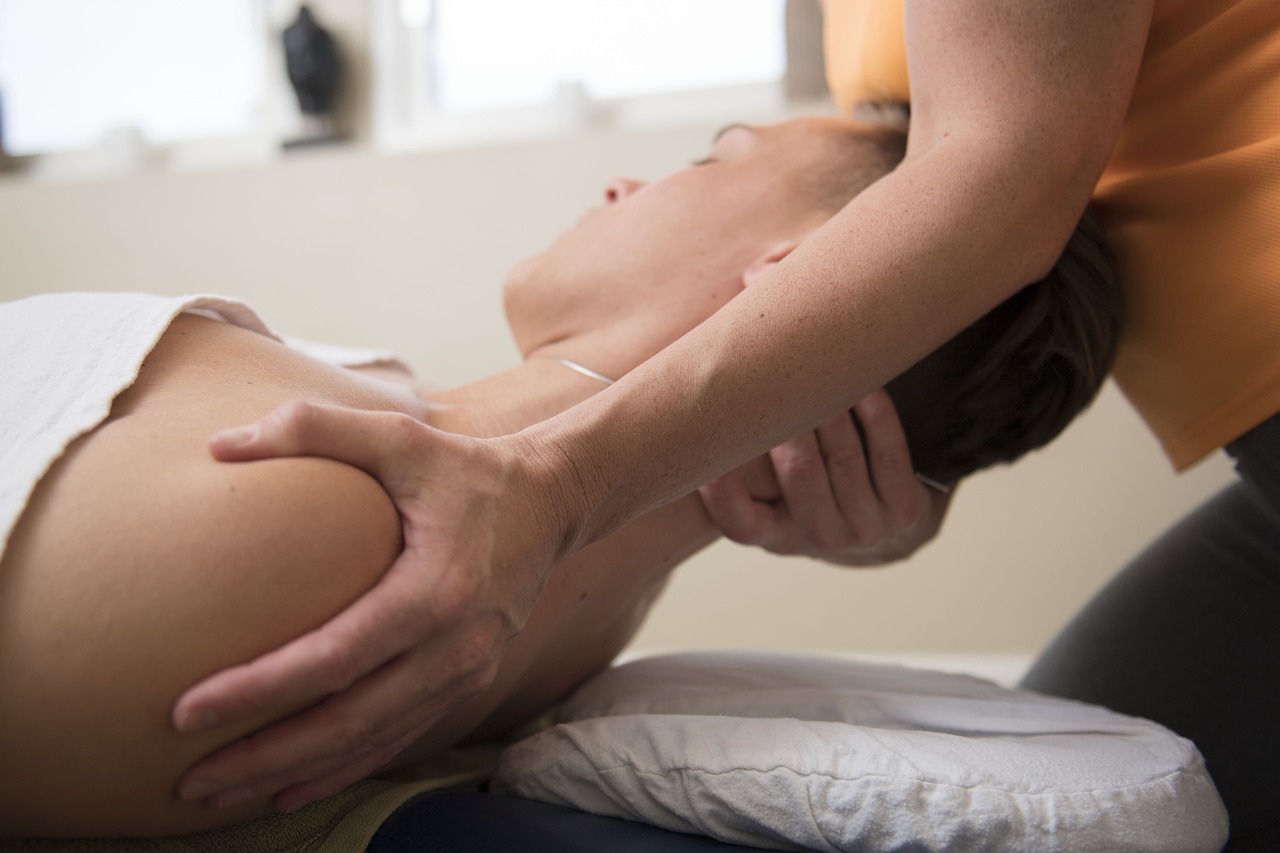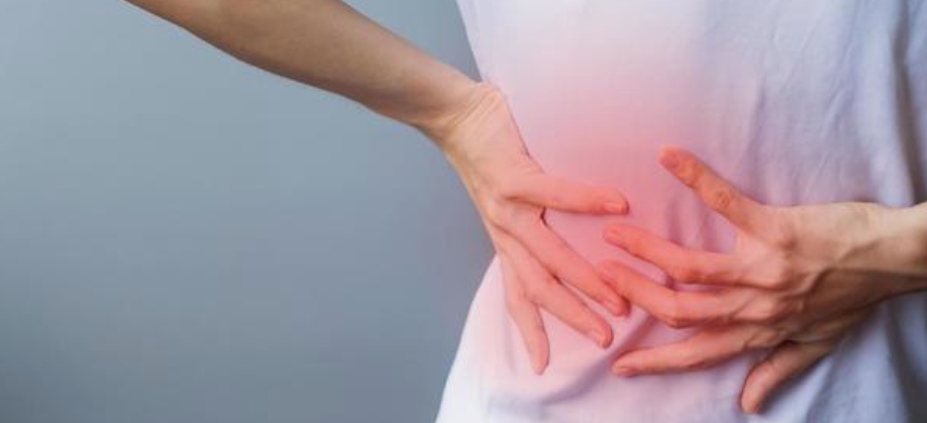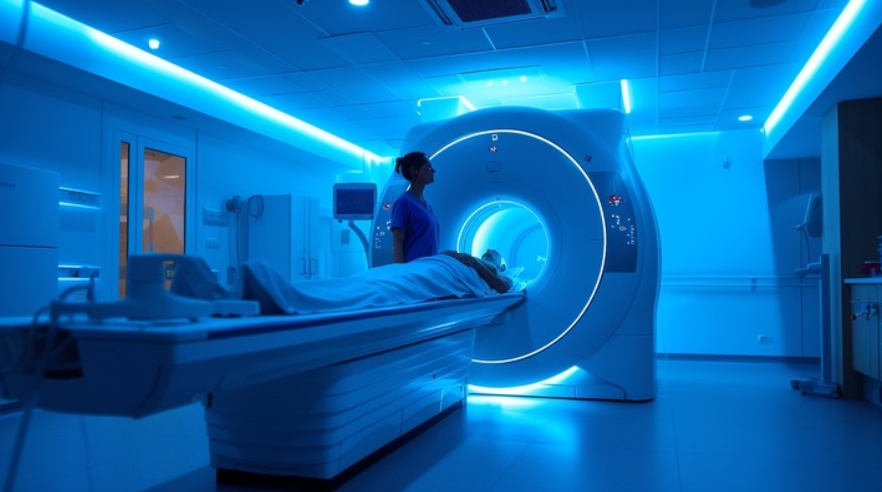Slump (side-lying knee bend) Test 3 – Femoral Nerve Bias
Purpose of Slump (side-lying knee bend) Test 3 – Femoral Nerve Bias: To determine if the tension along the femoral nerve contributes to the neurologic symptoms associated with radiculopathy.
Patient position: Side-lying (as upright as tolerated) with both hands clasping the flexed knee of the bottom leg – the one that rests on the examination table.
Examiner position: Standing behind the patient.
Procedure: Perform the limb/joint positioning sequence in the following order:
- Slouch at the lumbar and thoracic spine (with the examiner’s one hand over the patient’s upper back),
- Cervical spine flexion (with the examiner’s hand over the patient’s occiput),
- Hip flexion (about 20 degrees) followed by knee flexion of the patient’s top leg,
- During step 3, the examiner may let go of the hand that holds the patient’s occiput and stabilize the patient’s pelvic girdle, if the patient is able to maintain the slouched posture (1). If the patient is not able to hold the slouched posture, the examiner can continue to hold the patient’s occiput with one hand and hold the ankle of the patient’s top leg with the other hand (2).
- Ankle plantarflexion (2),
- Sensitizing position: Cervical spine flexion or extension.
Outcome: This test is positive if (a) the limb/joint positioning sequence reproduces symptoms associated with radiculopathy, (b) the sensitizing position reproduces symptoms, and (c) there is a repeatable and measurable asymmetry between both sides along with the reproduction of symptoms.
Reference:
- Trainor K, Pinnington MA. Reliability and diagnostic validity of the slump knee bend neurodynamic test for upper/mid lumbar nerve root compression: a pilot study. Physiotherapy. 2011;97(1):59-64.
- Magee DJ. Orthopedic Physical Assessment: Elsevier Health Sciences; 2013.




